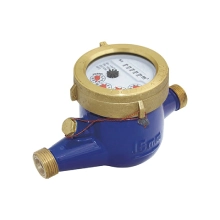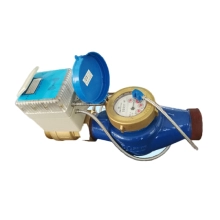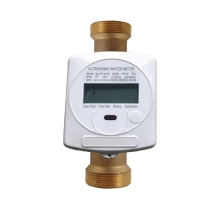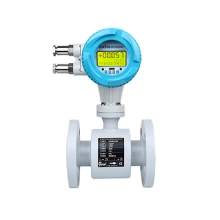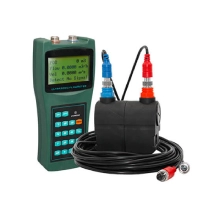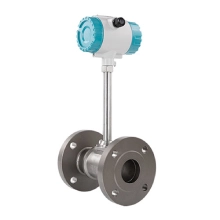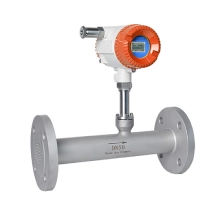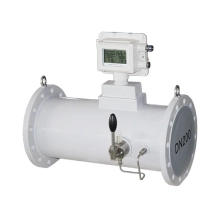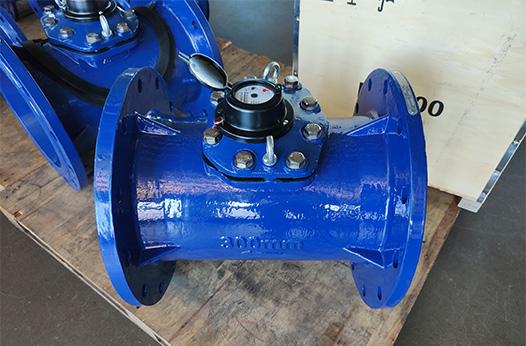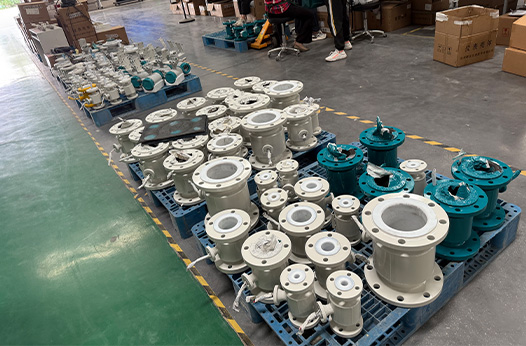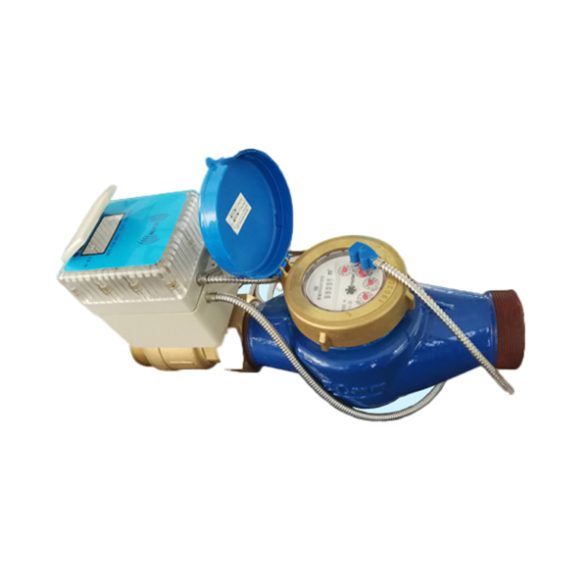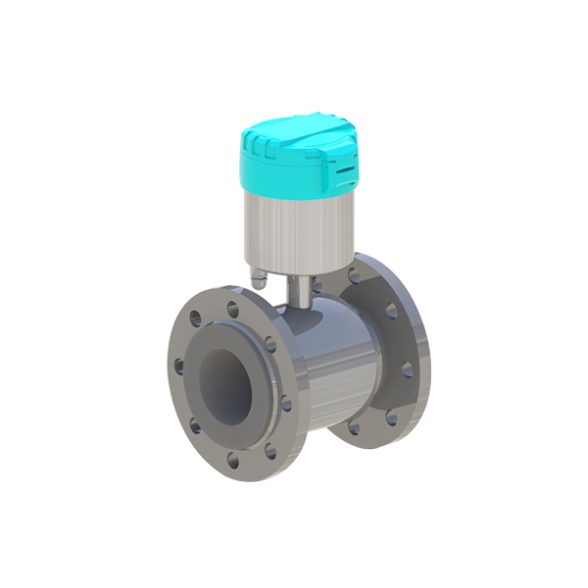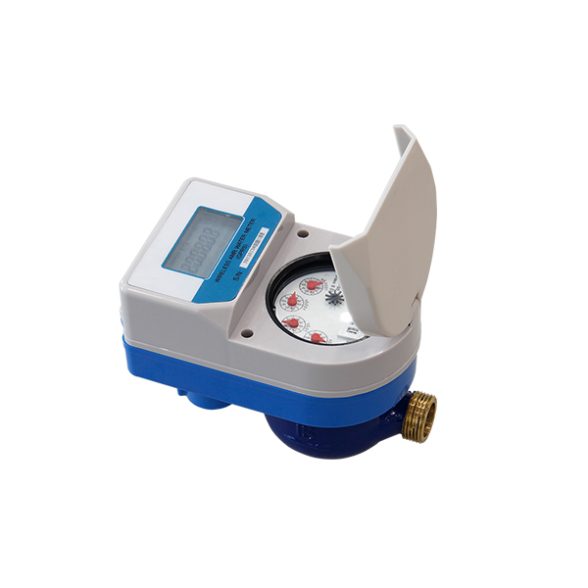What is a Smart Water Meter?
WESDUN is a professional Manufacturing for Smart vs traditional water meter; Smart water meter;AI-powered.
A smart water meter is a digital device that measures water flow and then transmits real-time or near-real-time usage data to users (households or businesses) and water utilities via wireless technology. Unlike traditional meters, it leverages artificial intelligence and IoT technologies to provide water usage insights, detect issues, and give you true control over consumption.
Smart water meters do far more than measure volume. They help users reduce waste, lower costs, achieve sustainability goals, and avoid costly surprises like hidden leaks.
For businesses (e.g., hospitality, manufacturing), they serve as operational optimization tools; for households, they simplify water bill management.
It’s important to note that smart water meters are not merely digital versions of traditional meters. Basic digital meters still require manual reading checks, whereas smart meters enable automated data sharing and possess data analysis capabilities.
Comparison Between Smart and Traditional Water Meters
1. What Are Traditional Water Meters?

Traditional water meters solely measure water volume but rely on manual meter reading (where staff visit premises to record dial readings) and lack data analysis capabilities. They primarily operate based on two core principles:
Flow-based: Utilizes a propeller (e.g., impeller-type water meter). The propeller’s rotation speed matches the water flow velocity, displaying water consumption by counting the number of propeller revolutions.
Volumetric: Features a rotating container with a fixed capacity. The container fills and empties with water flow, reflecting consumption through the number of rotations.
Common traditional meters include residential impeller meters, industrial Vollmann meters, and Venturi meters that operate based on changes in water velocity.

2. Core Differences Between Smart and Traditional Water Meters
| Features | Traditional Water Meter | Smart Water Meter |
| Data Collection Method | Manual (on-site inspection by meter readers) | Automated (wireless transmission, real-time/near-real-time) |
| Data Analysis Capability | None (only displays total water consumption) | AI-driven (peak usage detection, leak alerts, water consumption trend analysis) |
| Billing Method | Estimated (if meter readers cannot access the meter) or delayed billing | Accurate and timely (no guesswork required) |
| Leak Detection | None (leaks are only detected when water bills surge or visible damage occurs) | Yes (real-time alerts for abnormal water flow) |
| User Control Level | Low (no access to water consumption data between manual meter readings) | High (view daily/hourly water consumption data via APP/platform) |

Comparison of Smart Water Meters and AMR (Water Utilities “Smart” Water Meters)
AMR (Automatic Meter Reading) is a system provided by water utilities that replaces manual meter reading with remote data collection (e.g., via radio signals). Often referred to as “basic smart water meters,” it has significant limitations.
How it works: AMR utilizes terminals connected to the water meter’s encoder register to facilitate communication between users and the water utility. While eliminating manual readings, it typically records data daily or every 30 minutes, lacking the real-time capabilities of AI-driven products.
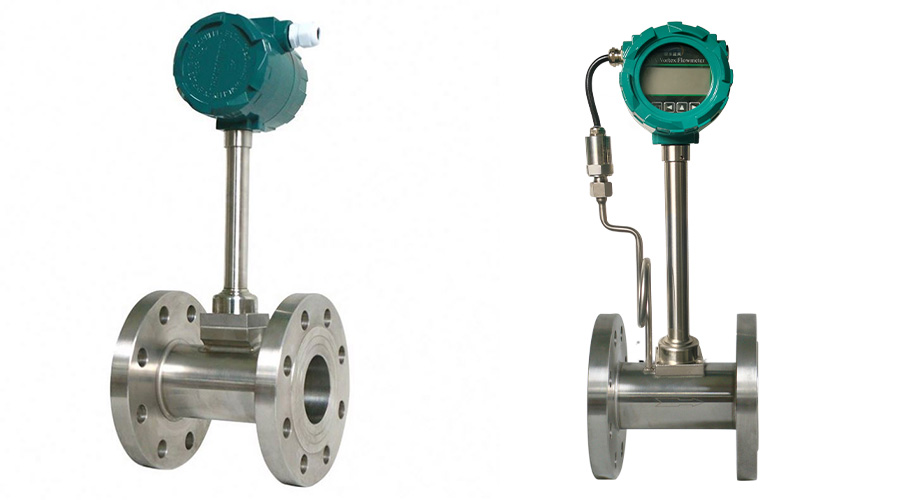
| Feature | AMR (Water Utility “Smart” Water Meter) | AI-Powered Smart Water Meters (e.g., Superfy, SMARTFLOW) |
| Data Update Frequency | Once a day or every 30 minutes (near real-time) | 24/7 real-time (down to the minute if necessary) |
| Advantage Focus | Water utilities (faster billing, reduced manual work) | End-users (businesses/households: cost savings, leak control, sustainability achievement) |
| Data Analysis Capability | Basic (only provides total water consumption data for billing purposes) | Advanced AI (water usage trends, anomaly detection, water-saving recommendations) |
| User Access Rights | Limited (utility platforms may only display monthly data) | Comprehensive (real-time data dashboard via APP, alert notifications) |
| Leak Detection | Slow (delays exist even if alerts are triggered) | Instant (peak water usage alerts sent to users’ phones/emails) |

For example: A hotel using AMR might only access monthly water usage data. With AI-enabled smart meters, the hotel receives immediate alerts if a pool pump leaks, saving 10,000 gallons before the next billing cycle.
How Do Smart Water Meters Work? Simplified Breakdown of Core Technology
1. Core Components (Non-Technical Perspective)
• Flow Sensor: More precise than traditional water meter sensors, tracking water volume flowing through pipes and measuring in gallons or cubic meters.
• Wireless Transmitter: Sends data to cloud platforms via IoT, Wi-Fi, or cellular networks—no wiring or manual downloads required.
• AI Analytics Engine: Processes data to identify patterns (e.g., “8 AM water usage peak”) and anomalies (e.g., “2 AM usage doubles normal levels—potential leak”).
• User Dashboard/App: Enables real-time consumption monitoring, budget setting, and mobile/email alerts for leaks or excessive usage.
2. Workflow Breakdown
① Water flows through the meter, with sensors recording consumption.
② The transmitter continuously sends data to the cloud platform.
③ AI analyzes data, flagging issues (e.g., leaks) or providing insights (e.g., “Weekend usage is 30% higher than usual”).
④ You access data via the app/dashboard and take action (e.g., repair leaks, adjust irrigation schedules).
Note: Most smart meters fit existing pipes, install quickly, and disrupt neither business operations (for enterprises) nor daily life (for households).
Six Core Advantages of Smart Meters (for Enterprises & Households)
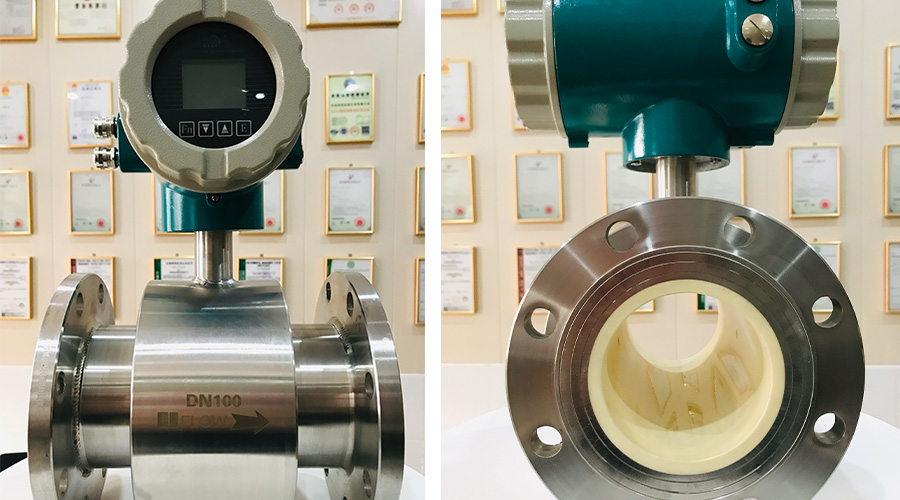
1. 100% Accurate Billing (Eliminate Overcharges)
Traditional meters rely on estimates, and AMR systems suffer delays. Smart meters transmit real-time usage data, ensuring you pay only for actual consumption. For restaurants, this could mean $200 less in erroneous charges monthly.
2. Instant Leak Detection (Saving Thousands)
AI identifies abnormal flow patterns—like a dripping faucet wasting 20 gallons daily—and sends alerts within minutes. One hotel client used Superfy smart meters to promptly repair a hidden pipe leak, preventing water damage and saving $5,000.
3. Over 30% Water Savings (Achieving Sustainability Goals)
Real-time data reveals water waste patterns. Studies show businesses using AI-powered smart meters reduce water consumption by over 30%—critical for industries like hospitality (pools, laundry) and manufacturing (production water). Households can achieve 15%-20% savings by adjusting habits (e.g., shorter showers).
4. Rapid Return on Investment (Quick Cost Recovery)
While smart meters require an initial investment, savings from leak control, reduced water bills, and decreased reliance on alternative water sources quickly offset costs. Most businesses achieve ROI within 6-12 months, while households see returns within 12-18 months.
5. 24/7 Real-Time Monitoring and Control
Check water usage anytime via the app: Coffee shop owners can track daily water consumption by coffee machines, while parents can spot if children forgot to turn off faucets. You can also set budgets (e.g., “$50 per month”) and receive alerts when approaching the limit.
6. Simplified Corporate Compliance
Many industries (e.g., hospitality, healthcare) face sustainability regulations. Smart meters automatically log water usage data, facilitating reports required for audits or certifications (e.g., LEED green building certification).
Who Benefits from Smart Meters? Ideal Use Cases

1. Commercial Enterprises
l Hospitality: Hotels, resorts, and restaurants (pools, laundry facilities, and kitchens consume significant water; leak detection yields substantial savings). Manufacturing: Factories using water in production processes (optimizing water usage to reduce costs and meet sustainability goals).
l Property Management: Apartment buildings (unit-specific water tracking, accurate billing, and addressing building-wide leaks).
• Retail: Grocery stores (refrigeration systems) or gyms (showers—manage peak-hour usage).
2. Residential Users
• Eco-conscious households: Seeking to reduce carbon footprint and conserve water.
• Budget-conscious households: Annoyed by sudden spikes in water bills, seeking control over water costs.
• Remote property owners: Enable remote water usage monitoring (e.g., vacation homes—detect leaks before damage occurs).
For example, a Florida vacation rental reduced pool water usage by 40% after installing SMARTFLOW smart water meters.
Summary
Smart water meters are not merely “digital water meters”; they are tools that empower you to manage your water usage. Unlike traditional meters (manual operation, no data analysis) or AMR systems (serving water utilities), AI-powered smart water meters provide real-time data, instant leak detection, and achieve over 30% water savings. They are a game-changer for both businesses and households.

